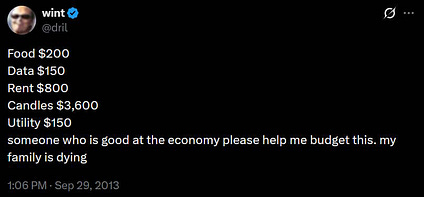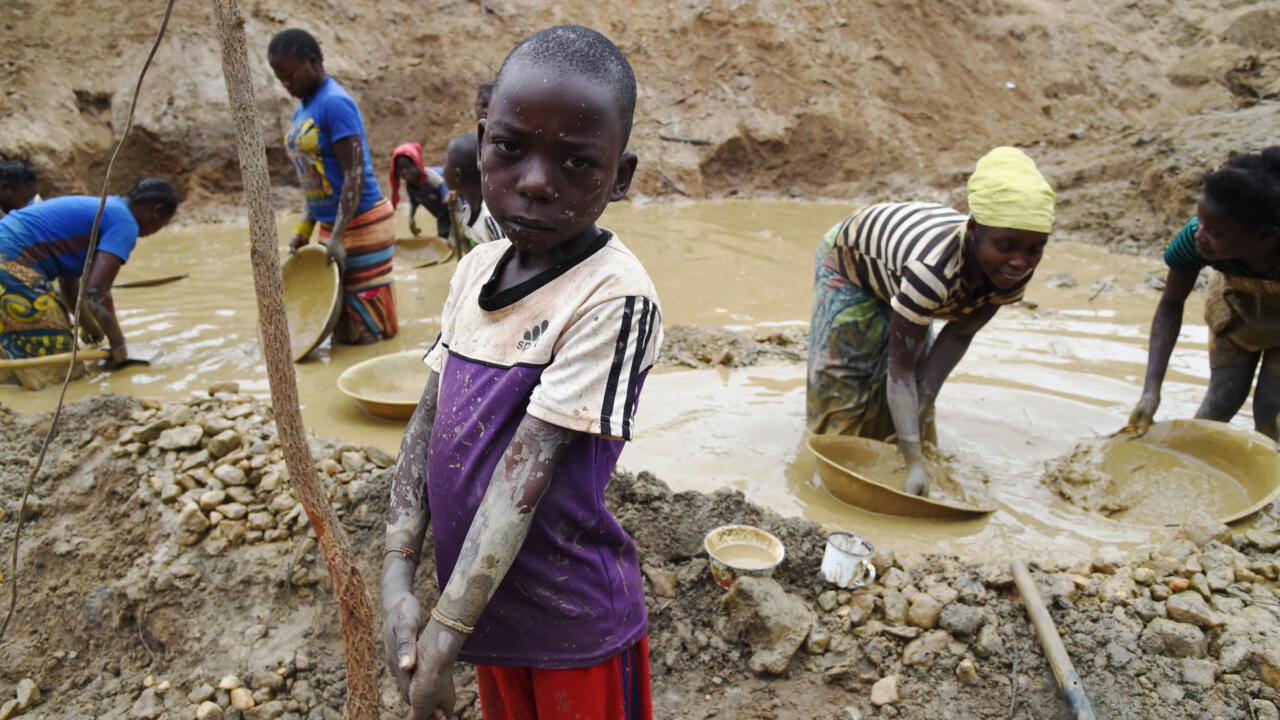Sweden to phase out development aid to Myanmar by 2026 – Scandasia

Report on Sweden’s Cessation of Development Cooperation with Myanmar and its Impact on Sustainable Development Goals
1. Policy Decision and Rationale
The Swedish government announced on 11 September 2025, its decision to phase out development cooperation with Myanmar. The termination is scheduled to be complete by 30 June 2026. This policy shift is part of a broader strategic realignment of Sweden’s international aid, titled “Development Assistance for a New Era,” which prioritizes support for Ukraine and moves away from the long-standing commitment to allocate one percent of Gross National Income to development aid.
- Primary Rationale: The government cited the strategic importance of supporting Ukraine, described by the Minister for International Development Cooperation and Foreign Trade as Europe’s foremost line of defence.
- Contributing Factor: Conditions for effective development cooperation within Myanmar have reportedly deteriorated significantly since the military coup in 2021, impacting the viability of programs aimed at achieving the Sustainable Development Goals (SDGs).
- Distinction in Aid: The policy change specifically targets development cooperation. Humanitarian assistance to Myanmar will continue unaffected to address immediate life-saving needs.
2. Financial Framework and Phase-Out Details
A transitional financial plan has been established to manage the cessation of existing programs. The Swedish International Development Cooperation Agency (Sida) is authorized to disburse remaining funds under current agreements.
- 2025 Allocation: Up to SEK 175 million may be disbursed.
- 2026 Allocation: Up to SEK 140 million may be disbursed before the 30 June deadline.
- Historical Context: Since the 2021 coup, Sweden has provided approximately USD 176 million in development aid, funding programs central to achieving key SDG targets.
3. Assessed Impact on Sustainable Development Goals (SDGs) in Myanmar
The withdrawal of Swedish development aid is projected to have a significant negative impact on Myanmar’s progress toward several SDGs. The cessation of funding for local civil society, human rights defenders, and independent media directly undermines the foundational elements required for sustainable development.
-
SDG 16: Peace, Justice and Strong Institutions
This goal is most directly affected. Swedish aid has been a critical source of support for:
- Democratic participation and conflict resolution initiatives.
- Independent media, which faces an estimated annual funding loss of USD 2.4 million.
- Human rights organizations, which stand to lose approximately USD 255,000 annually from 2026.
The termination of this support weakens efforts to build accountable institutions, protect fundamental freedoms, and document human rights abuses under military rule, thereby causing a severe setback for SDG 16.
-
SDG 17: Partnerships for the Goals
The decision signifies a recalibration of Sweden’s global partnerships. While strengthening its partnership with Ukraine, it dissolves a development partnership with actors in Myanmar. Human Rights Myanmar noted that this withdrawal undermines international solidarity and weakens the global partnership framework essential for supporting nations in political and humanitarian crises.
-
SDG 5 (Gender Equality) & SDG 10 (Reduced Inequalities)
Development programs frequently target the empowerment of women and marginalized groups. The cessation of funding for civil society organizations, which are often at the forefront of advocating for gender equality and the rights of vulnerable populations, is likely to reverse progress on these goals and exacerbate existing inequalities within the country.
-
SDG 1 (No Poverty) & SDG 8 (Decent Work and Economic Growth)
While humanitarian aid addresses immediate crises, development cooperation is vital for tackling the root causes of poverty and fostering long-term economic stability. The withdrawal of programs focused on building democratic and economic resilience curtails sustainable pathways out of poverty and hinders progress toward SDG 1 and SDG 8.
Analysis of Sustainable Development Goals (SDGs) in the Article
1. Which SDGs are addressed or connected to the issues highlighted in the article?
-
SDG 16: Peace, Justice and Strong Institutions
- The article discusses the impact of Sweden’s aid withdrawal on “local human rights defenders,” “independent media,” and “civil society groups” in Myanmar. It highlights that the aid was directed toward “conflict resolution, democratic participation, and media programmes” and that its removal risks weakening efforts to “document rights abuses under military rule.” These elements are central to promoting peaceful and inclusive societies, providing access to justice, and building effective, accountable institutions.
-
SDG 17: Partnerships for the Goals
- The core subject of the article is the change in Sweden’s development cooperation policy. It details the phasing out of development aid to one country (Myanmar) to prioritize another (Ukraine). The article explicitly mentions Sweden’s “Development Assistance for a New Era” policy, which reduces its commitment to spending “one percent of Gross National Income on development aid.” This directly relates to the global partnership for sustainable development, specifically concerning Official Development Assistance (ODA) provided by developed countries.
2. What specific targets under those SDGs can be identified based on the article’s content?
-
Target 16.10: Ensure public access to information and protect fundamental freedoms, in accordance with national legislation and international agreements.
- The article states that Sweden’s withdrawal could cost “Myanmar’s independent media around USD 2.4 million annually.” This funding was crucial for supporting media programmes, and its removal directly impacts the ability of the media to operate, thereby affecting public access to information and the protection of fundamental freedoms like freedom of the press.
-
Target 16.a: Strengthen relevant national institutions, including through international cooperation, for building capacity at all levels, in particular in developing countries, to prevent violence and combat terrorism and crime.
- The Swedish aid was directed toward “conflict resolution, democratic participation, and media programmes,” and supported “human rights defenders” and “civil society groups.” This international cooperation was aimed at building the capacity of local institutions to promote peace and democracy. The phase-out of this support undermines this target.
-
Target 17.2: Developed countries to implement fully their official development assistance commitments, including the commitment by many developed countries to achieve the target of 0.7 per cent of ODA/GNI to developing countries…
- The article explicitly mentions that Sweden’s new policy “reduces the country’s long-standing commitment to spending one percent of Gross National Income on development aid.” This is a direct reference to the financial commitments that developed countries make toward international development, which is the central theme of Target 17.2.
3. Are there any indicators mentioned or implied in the article that can be used to measure progress towards the identified targets?
-
Implied Indicator for Target 16.10:
- The article does not name a specific UN indicator, but it provides quantifiable data that could be used to measure the health of independent media and the environment for human rights defenders. The mention that the withdrawal could cost “independent media around USD 2.4 million annually” and “human rights groups about USD 255,000 from 2026” serves as a proxy indicator for the level of financial support available to protect fundamental freedoms and document abuses, which relates to the spirit of indicators like 16.10.1 (Number of verified cases of… torture of journalists… and human rights advocates).
-
Mentioned Indicator for Target 17.2:
- The article directly references the key metric for Indicator 17.2.1 (Net official development assistance… as a proportion of… gross national income (GNI)). It states that Sweden is reducing its commitment of “one percent of Gross National Income on development aid.” Furthermore, it provides specific monetary values of ODA (“SEK 175 million in 2025,” “SEK 140 million in 2026,” “USD 176 million in development aid to Myanmar since the 2021 coup”), which are the exact types of data used to calculate this indicator.
4. Table of SDGs, Targets, and Indicators
| SDGs | Targets | Indicators |
|---|---|---|
| SDG 16: Peace, Justice and Strong Institutions | Target 16.10: Ensure public access to information and protect fundamental freedoms. | Implied: The financial support provided to independent media and human rights groups (e.g., “USD 2.4 million annually” for media, “USD 255,000” for human rights groups) as a measure of the capacity to protect fundamental freedoms and document abuses. |
| SDG 16: Peace, Justice and Strong Institutions | Target 16.a: Strengthen relevant national institutions… through international cooperation. | Implied: The amount of development aid directed toward “conflict resolution, democratic participation, and media programmes” as a measure of international cooperation for capacity-building. |
| SDG 17: Partnerships for the Goals | Target 17.2: Developed countries to implement fully their official development assistance commitments. | Mentioned: The percentage of Gross National Income (GNI) committed to development aid (Sweden’s reduction from “one percent”) and the specific monetary amounts of aid (“SEK 175 million in 2025”), which are data points for Indicator 17.2.1. |
Source: scandasia.com

What is Your Reaction?
 Like
0
Like
0
 Dislike
0
Dislike
0
 Love
0
Love
0
 Funny
0
Funny
0
 Angry
0
Angry
0
 Sad
0
Sad
0
 Wow
0
Wow
0








































































